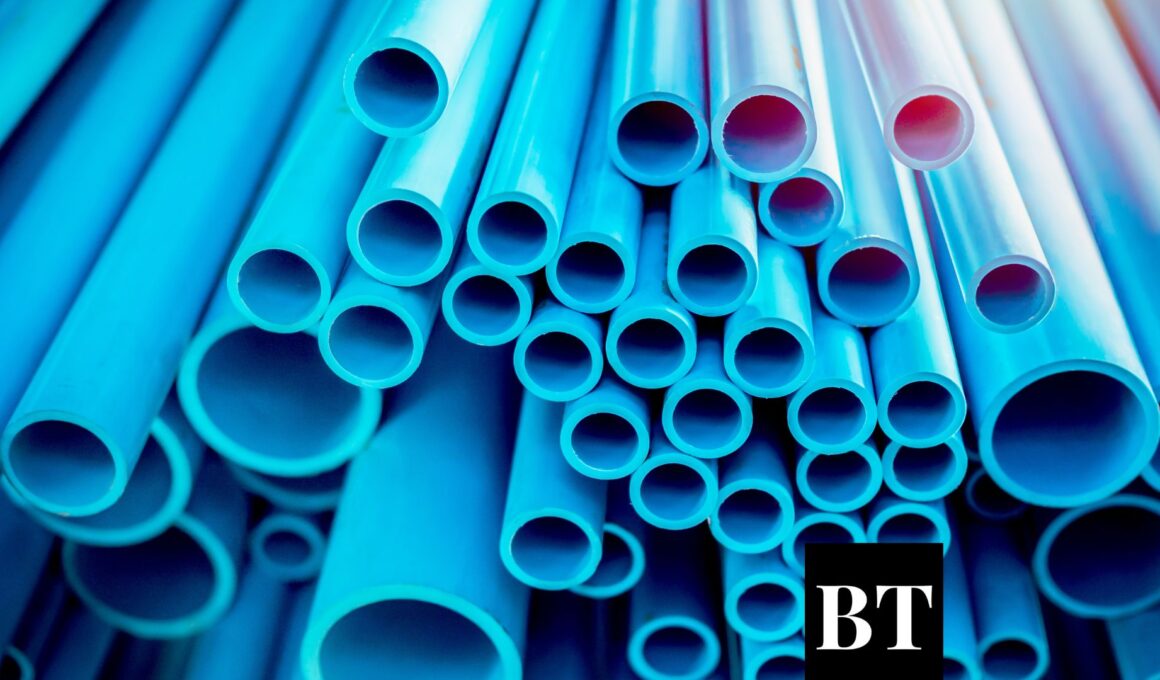The intricate maze of underground pipelines that comprise modern sewer systems remains, for many, an out-of-sight, out-of-mind infrastructure. Yet, its role in maintaining urban health and sanitation is monumental. Over the centuries, the materials chosen for these subterranean conduits have evolved, influenced by technological advancements and societal needs. While ancient civilizations relied on rudimentary channels, today’s sewer pipes are crafted from a diverse array of materials, each with distinct attributes. This article delves into the materials that have been, and continue to be, used to construct sewer pipes, tracing their evolution and assessing their merits and demerits.
Historical Context
Our journey begins in ancient times when the concept of sanitation and sewerage was still nascent. Early civilizations like the Indus Valley, Greeks, and Romans recognized the importance of waste removal and implemented their versions of drainage systems. The Romans, for instance, are famous for their aqueducts and sewage channels made primarily from baked clay or stone. This choice was not just based on availability but also on their durability, given the materials at hand. Fast forward a few centuries, and materials like wood and even brick were being used in certain parts of the world to create sewer conduits. The progression of materials tells a story of not just technological innovation but also of changing societal demands and environmental considerations.

The Age of Modern Sewer Pipes: Materials and Innovations
As urbanization gained momentum and the demands on sewage systems intensified, so did the need for resilient, long-lasting, and efficient materials. Enter the age of modern sewer pipes:
- Clay and Ceramic Pipes: While the use of clay dates back to ancient times, its usage continued well into the 20th century due to its longevity and natural resistance to corrosion. However, its weight and fragility often made installation and repairs challenging.
- Cast Iron Pipes: Introduced in the late 19th and early 20th centuries, these pipes were a hallmark of the industrial age. Strong and durable, cast iron became a popular choice, especially for main sewer lines. However, they are susceptible to rust and corrosion over time.
- Concrete Pipes: Recognized for their strength and durability, concrete pipes are often used for larger municipal applications. They can withstand significant soil pressure and are ideal for underground systems.
- Plastic (PVC and HDPE) Pipes: A relatively newer entrant, plastic pipes emerged in the mid-20th century and quickly gained popularity. Lightweight, resistant to corrosion, and easy to install, they are now extensively used in residential, commercial, and municipal sewerage systems. PVC is known for its rigidity while HDPE offers flexibility, especially in areas prone to ground movement.
- Composite and Fiberglass Pipes: These are advanced materials designed to offer the best of both worlds – strength and durability, combined with resistance to environmental factors.

The evolution of materials underscores the continuous quest for efficiency, durability, and sustainability in constructing sewer systems.
Factors Influencing the Choice of Material
The decision to select a particular type of material for sewage pipes goes beyond just its immediate physical attributes. Several factors play a pivotal role:
- Soil and Environmental Conditions: The type of soil, its corrosivity, and the presence of underground water sources can heavily influence the choice of material. For instance, in acidic soils, materials resistant to corrosion like PVC would be more appropriate.
- Installation Costs and Labor: While some materials might be cheaper to procure, they might be labor-intensive to install. Cast iron, for instance, is heavy and might require specialized machinery for installation, potentially driving up costs.
- Lifespan and Durability: For large municipal projects where pipes are laid deep below the ground, a longer lifespan might be a priority to prevent frequent disruptions. This might justify the choice of materials like concrete which, though more expensive, might last longer.
- Maintenance and Repair: Ease of maintenance and repair can be a decisive factor, especially in densely populated urban areas. Materials that are resistant to root intrusions, for instance, would be preferred in areas with significant green cover.
- Environmental Impact: With growing awareness about the environment, materials that are sustainable and have a lower carbon footprint are gaining favor. Recyclable materials or those that require less energy-intensive manufacturing processes might be preferred.
- Technological Innovations: The continuous evolution of materials science means that newer, more efficient materials are constantly being developed. Keeping abreast of these innovations is crucial for modern sewage system planning.

Conclusion
The realm of sewage pipe materials is more intricate than one might initially presume. From the legacy of clay and cast iron to the innovation of PVC and HDPE, each material comes with its own set of advantages tailored to specific situations. The decision isn’t just about channeling waste; it’s a balance of cost-effectiveness, durability, environmental impact, and adaptability to varying conditions. As cities grow and infrastructural demands escalate, understanding the nuances of these materials becomes imperative. Such knowledge ensures that our urban landscapes remain sustainable, functional, and prepared for future challenges.

Read more:




